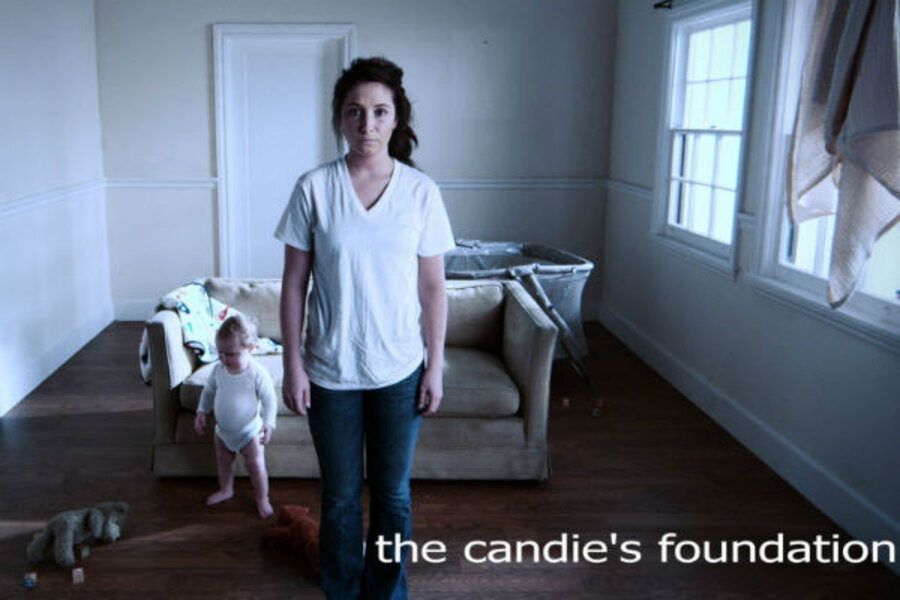Teenage pregnancy: High US rates due to poverty, not promiscuity
Loading...
Why is a teenage girl in Mississippi four times as likely to give birth than a teenage girl in New Hampshire? (And 15 times more likely to give birth than a teen in Switzerland?) Or why is the teen birth rate in Massachusetts 19.6 per 1,000, while it’s 47.7 per 1,000 in Washington, D.C.?
And why, despite a 40 percent drop over two decades, are teen moms still far more common in the US than elsewhere across the developed world?
(And nope, it’s not that American teens have more sex. Many studies have found that US teenagers have less sex than compatriots in Europe.)
The answer, according to a study published today in the Journal of Economic Perspectives, may well lie in social inequality.
Academics and policy-makers have known for decades that girls living in lower socio-economic circumstances are more likely than their wealthier peers to become pregnant. And anthropologists and social workers explain that teens who experience “despair” are more likely to turn to motherhood as a way to find meaning in a world where they see few other options.
But research by professors Melissa Kearney of the University of Maryland, College Park and Phillip Levine of Wellesley College adds a new twist to this theory, creating an economic model to show what this “despair” means, in measurable terms.
They found that the truly at-risk teens are those who live in areas of great income disparity.
“Among teens with lower socioeconomic status ... there is a clear pattern of teen fertility across inequality categories,” they write. “Teens in the highest-inequality states are roughly 5 percentage points more likely to give birth as a teen than teens in the lowest-inequality states. We find the opposite pattern when we focus on abortions as a teen – much less-frequent abortions among teens with low socioeconomic status in high-inequality states – and no pattern like this when we repeat this exercise for sexual activity.”
The authors tried to adjust their findings for other conditions that could lead to “despair” – poverty concentration, for instance, or the incarceration rate. The conclusions were the same.
“No silver bullet such as expanding access to contraception or abstinence education will solve this particular social problem,” they write. “Our view is that teen childbearing is so high in the United States because of underlying social and economic problems.”
They say the true way to tackle teen pregnancy is to address the thornier issue of the perceived – and actual – “lack of economic opportunity among those at the bottom of the economic ladder.”
“This conclusion has important implications for public policies. We do not believe that policies targeted directly at teen pregnancy prevention – sex education, improved access to contraception, abstinence counseling, and the like – are likely to improve outcomes much for disadvantaged young women. Instead, we believe that with improved economic opportunities, reduced poverty, and improved prospects for other adult outcomes, teen pregnancy would also decline.”
They also suggest more study of why, exactly the teen birth rate has declined over the past decade. Abortion rates have declined along with birth rates, and the authors say policy measures – expanded family planning services through Medicaid, for instance, and reduced welfare benefits – only explain a small fraction of the decrease.
Some other interesting tidbits from the study:
- The teen birth rate for black teens has dropped even more dramatically than for whites and Hispanics, plummeting from 118.2 per 1,000 to 59 in 2009.
- Roughly 20 percent of women who have turned age 20 over the past three decades have given birth as a teen.
- So-called “shotgun marriages,” those unions that take place post-pregnancy but before the baby is born, have fallen over the past decades. Meanwhile, births to unmarried teens have risen.






